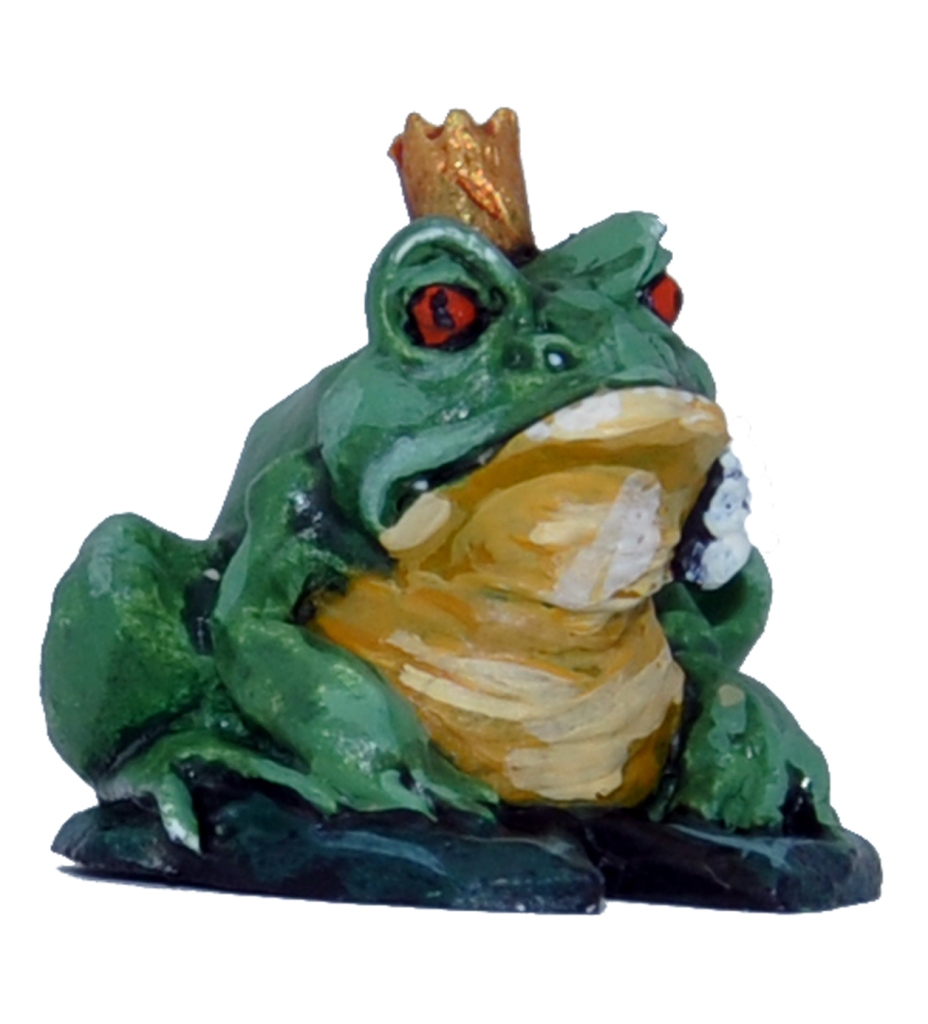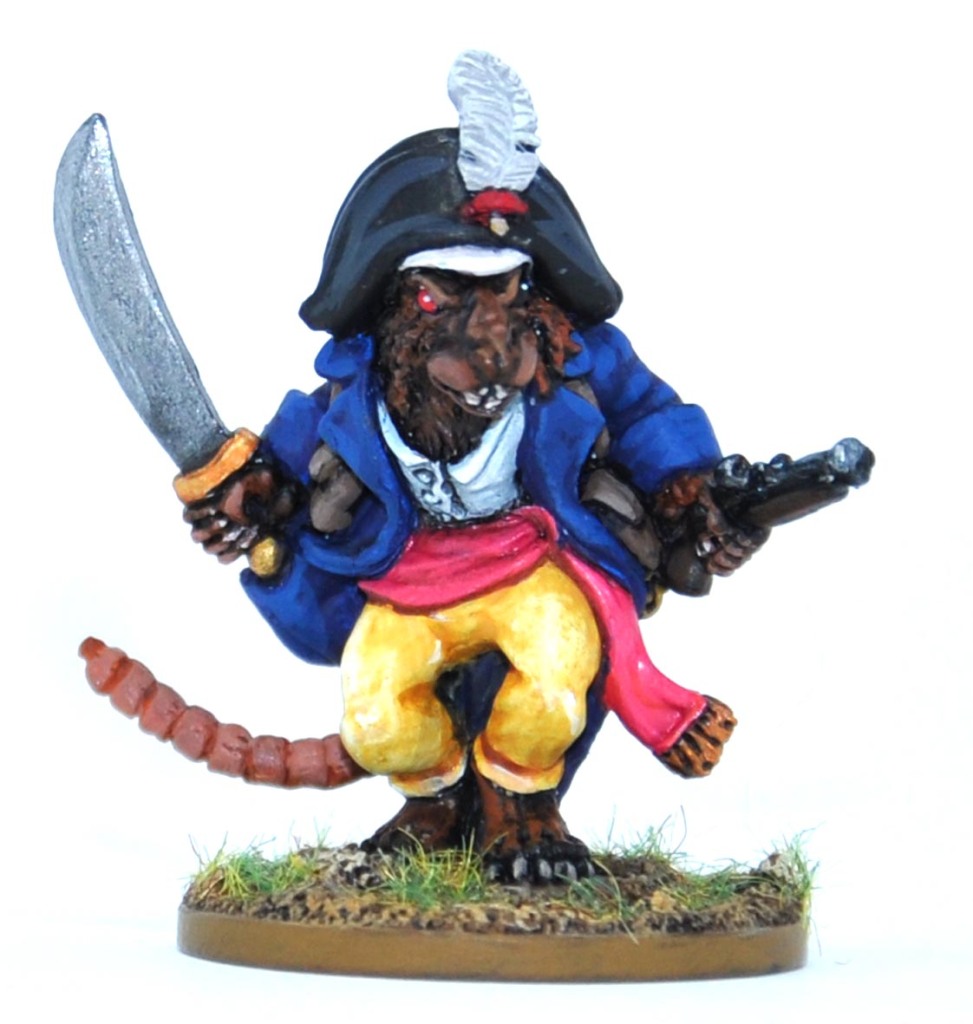This army list has been contributed by Rob Farley and represents a substantial warband of Ogres together with their helpmates and abundant beasts. The Ogre Hordes army list can be downloaded here.
Author: Rick Priestley
Vikings
Download the V1.0 Version of the Vikings Army List here
DREAD REAVERS
Download the Dread Reavers warband list here.
This army list for Dread Reaver Warbands has been devised and contributed by Patrick McCabe. Please note that because I don’t have the original files I can’t update this warband or make corrections as I have for other warbands.
Winged Monkeys
Download the 1.0 version of the Winged Monkey Warband army list here.

Warlords of Erehwon Campaign
Written by John Gillson – you can download the Mapless Campaign here.

I’m a member of the Guernsey Wargames Club and like many Wargamers we particularly like playing campaign games. Games that follow a narrative that gives meaning to victory or defeat. The best being those Umpired together with maps. But this always means that someone has to to take the part of the umpire to ensure secret movements etc.
Maps seem to draw players in and with an umpire doing the administrative work players have little to do other than maintain their army Lists. The down side is that whoever takes the part of the umpire doesn’t usually get take part in the campaign. Playing games is, after all, what our hobby is all about.
So when I first came across the Territories Campaign system as published in the Warmaster game (Rick Priestley 2000 published by Games Workshop) I was intrigued, and with minimal overheads I could see its potential. Historically, wars and campaigns have been fought in one area and often the result being provinces and territories half way around the world changing hands. So fighting battles and keeping a record of territories gained made sense to me. If they could be grouped into a map so much the better. I’ve used a system inspired by this idea through various incarnations, but its main drawback to me was the lack of a map.
When Warlords of Erehwon was published we bought the rules and enthusiastically started playing and thoroughly enjoyed all the games that we played. Ideal for fun pickup games. But pickup games are only enjoyable up to a point. What was needed was a campaign system to string our games together. Something to give the battles meaning. That’s when I started to look back at our territories-based campaign game to see if it could be adapted. So with a little tweaking ‘Warlords of Erewhon Campaign’ came into being: a mapless campaign with a map. Players take the part of petty rulers of emerging realms somewhere on the borderlands of Erehwon.
Needless to say, I had to make a few changes to ensure the rules worked. For example, I’ve added a terrain selection table to ensure that the tabletop terrain relates to the territory where the battle is to be fought. Magical weapons can no longer be purchased as Rick’s original version of the rules, instead they can only be gained as a ‘territory’. Plunder has been added as a way to encourage aggressive play. The more damage that you do to the enemy the greater the plunder and it all goes to strengthen your Stronghold. Reinforcements, I decided would be points values rather than troop types so that players can use whatever figures they have in their collections.
The Territory Record Sheet is included to enable you to keep track of the who, what, where and when of battles fought. The Realm Territory Map graphic shows much the same information in the form of an abstract or stylised map represented by a series of boxes. You’ll notice that the three middle boxes represent the initial realm’s border, with losses falling back towards the stronghold and gains positioned further away. It’s not perfect but it’s a sort of map that enables you to picture your realm.
We’ve been playing this campaign on and off for some time. Some of us having played seven battles is still going strong. Some players are fielding two different realms/armies. No-one has yet fulfilled the victory conditions to win the campaign, but it’s getting close.
I understand that Rick originally used territory cards during organised campaign events. I too also thought that this could be a possibility but didn’t pursue this until I’d seen how it was received by our group. On the basis of our experiences so far, I think that next time we run it I’ll use blank business cards for the territories. Each time a territory is rolled for, players will record on it the Name, Terrain and Value of the territory and also add a little sketch of the terrain. Each player will keep them in a couple of plastic business card holder sheets (ten cards per sheet). This has the added benefit of players taking possession of something tangible (like the Deeds of the Land). The actual act of taking of a physical representation of the territory from another player, will I’m sure, add to the satisfaction of winning – ‘Vae victis’.
I’ve tried to make the rules as concise and as straight forward as possible without splitting the rules across pages. If you try them, I hope that you have a much fun with them as we are.
Regards
John Gillson
Pig-faced Orcs
Download the V1 version of the Pig-faced Orc Warband army list here

Miniature Figurines
Celts
Download the V1.2 version of the Celt Warband army list here

09/10/2020 – Warriors entry – corrected points value for additional warriors
12/05/2021 – Warhounds entry – corrected points value for unit and additional warhounds
Romans
Download the 1.1 version of the Romans Warband army list here
Ratters
Download the 1.1 version of the Ratters Warband army list here
Reptilians
Download the 1.2 version of the Reptilian Warband army list here

05/09/2019 – Corrected Res option values and the odd internal clarification
09/10/2019 – Corrected Great Scaly Monster points value

